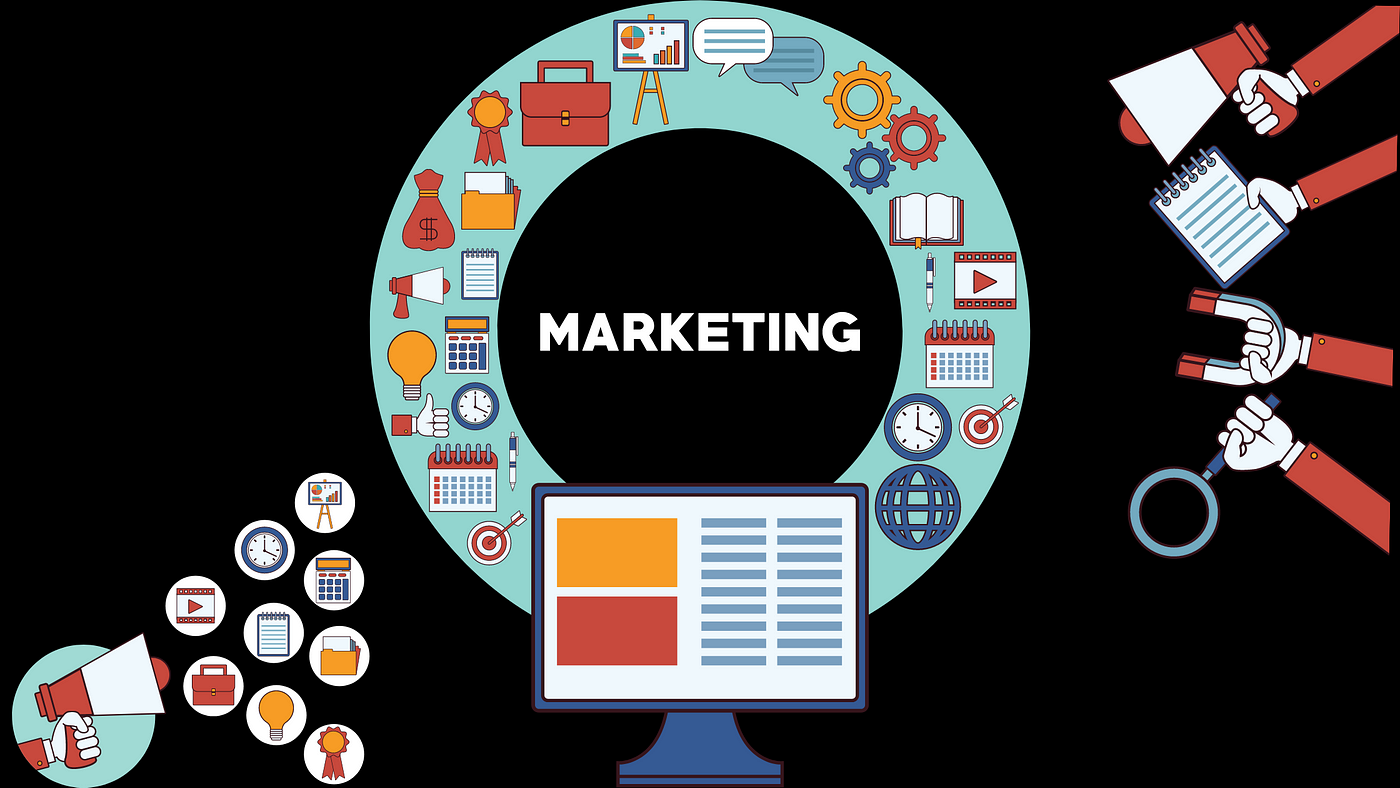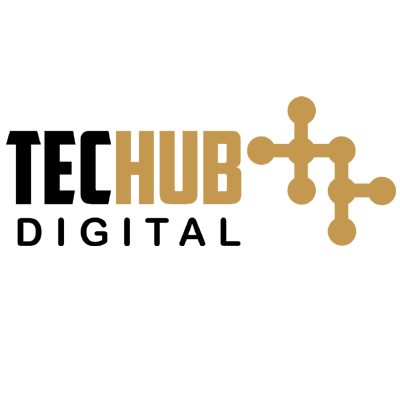
This narrative merits our attention because the marketing landscape has undergone an absolutely remarkable transformation. So, come along with me as I take you on this adventure; at its conclusion, you will understand how Digital Marketing Agency has developed over the years and how it can help you thrive in the modern world.
Digital Marketing’s Formative Years:
Despite being a term first used in the ’90s, the origins of digital marketing can be traced back to the ’80s. In the past, pioneering vehicle ads were created by the Soft Ad Group, which is now known as Channel Net. Magazine respondents were offered free test drives and multimedia advertisements on floppy disks.
Let us jump ahead to the period of tremendous expansion that was the 2000s and 2010s. The evolution of digital marketing is directly attributable to the proliferation of digital media devices. Statistics from 2012 and 2013 corroborated its astronomical ascent.
Digital marketing, often known as “web marketing,” “internet marketing,” or “online marketing,” has recently experienced meteoric growth in its ubiquity. From floppy disks to the digital powerhouses of today, it’s an interesting tale.
How Search Engines Grew Popular:
As the web grew in the late 1990s, new platforms like Google and search engines like Yahoo and AltaVista changed the way people discovered information online. In 1996, Open Test and Goto.com (subsequently renamed Overture) were two of the search engines that introduced pay-per-click programs. With the 2003 acquisition of Overture, Yahoo! expanded its paid search offerings with Yahoo! Search Marketing.
Google AdWords entered the fray in the year 2000, and by 2007, pay-per-click had become the company’s principal source of income. At the same time, SEO, which aims to have a high position in search results, became crucial. After that, in 2010, Yahoo! and Microsoft formed the Yahoo! and Microsoft Search Alliance in an effort to compete with Google.
Experts in search engine optimization (SEO) shifted gears to help companies make the most of paid search placement. Danny Sullivan first used the term “Search Engine Marketing” (SEM) in 2001 to describe an all-encompassing approach to online marketing that included search engine optimization (SEO), paid listing management, directory submissions, and more. Search Engine Marketing Management (SEMM) is a newer innovation that stresses return on investment (ROI) management in conjunction with organic and pay-per-click search engine optimization. In order to improve the user experience, these methods take into account the layout and presentation of web pages.
A Social Media Age:
The origins of social media can be traced all the way back to the invention of Morse code in 1844. But the current web and social media got their starts in 1969 with ARPANET and grew in the ’80s and ’90s with platforms like Friendster and CompuServe. In 1999, blogs started to gain popularity, and in 2002, LinkedIn came out. Before Facebook surpassed it in 2008, Myspace was at the top for a while.
In 2012, Google+ made an unsuccessful attempt. These turning points molded the modern internet and paved the way for the rise of social media platforms in the new millennium. By highlighting the importance of building a brand presence and engaging with the audience and providing businesses with new ways to connect with consumers, these platforms revolutionized digital marketing. During this time, viral marketing was all the rage, taking advantage of the social media boom to propel brands to new heights of visibility through easily shareable and memorable content. During this time, the importance of being relatable and creative in digital marketing was highlighted.
Mobile Advertising Becomes the Main Event:
The broad adoption of cellphones in the middle of the 2000s caused a dramatic change in the digital marketing environment. Because of this, mobile marketing became an essential tactic, since more and more people were accessing the Internet through their mobile devices. During this time, location-based advertising, mobile app development, and responsive website design were important strategies.
It was around this time that mobile apps and push notifications really took off, letting companies communicate with customers directly through their cellphones. Increased conversion rates and better client retention were the results of this tailored strategy. Because of this, a lot of companies started making apps for smartphones so their customers could use them more conveniently.
There was no agreement in the literature regarding the categorization or common understanding of mobile marketing, even though its significance was on the rise. There isn’t a single, universally agreed-upon definition of mobile marketing, so the field’s boundaries are murky. As mobile marketing developed, researchers and practitioners alike realized they needed to do more to clarify this conceptual framework.
The Web Era of Content Advertising:
Brands began to recognize the significance of producing high-quality content in the late 2000s and early 2010s, leading to the rise of content marketing. At the same time, search engine optimization began to rank high-quality content higher than keywords. A sea change in corporate discourse was ushered in by this transition. Content marketing has recently grown in popularity, with 90% of companies using it. Instead of relying on pushy salespeople, this approach encourages people to build their brands through the dissemination of helpful information, interesting ideas, and engaging content. For forward-thinking companies, having a positive Tumblr presence is crucial, hashtag campaigns are just as powerful as slogans, and the Digiday awards are a great honor.
Instead of being a fleeting fad, content marketing heralds a new age of corporate enlightenment that is based on the successes and failures of the previous decade.
Today and Tomorrow:
The field of digital marketing is very complex and ever-changing nowadays. Social media marketing, influencer marketing, email marketing, and data-driven advertising are all part of it. Machine learning and artificial intelligence are also making big contributions to personalization and targeting.
In sum,
To sum up, the development of digital marketing has been an incredible journey. It started with novel methods, like distributing promotional floppy disks, and saw the emergence of search engines, social media, and mobile marketing. We are now in the golden age of content marketing, when high-quality content is king. Artificial intelligence (AI) and machine learning are just two examples of the new tactics and technology that are transforming digital marketing today. We can successfully traverse the ever-changing world of digital marketing by understanding its history and navigating its dynamic landscape.
FAQs:
When did digital marketing first emerge?
As an example of an innovative strategy, floppy disks were used for promotion in the early days of digital marketing.
What effect did search engines have on late-90s digital marketing?
The introduction of pay-per-click programs and search engines such as Google, Yahoo!, and AltaVista completely changed the way people found information online.
When it comes to online advertising, what role did social media play?
In response to your question, yes, social media has opened up new channels of communication between brands and their target audiences.
How did cellphones contribute to the development of digital marketing?
Answer: The proliferation of smartphones sparked an explosion in mobile marketing, which included tactics like geotargeting, app development, and responsive website design.
In what ways has content marketing changed the face of contemporary online advertising?
The goal of content marketing is to increase engagement with brands and strengthen relationships with customers through the dissemination of informative and engaging content.

Tech Hub Digital, a one-stop destination for complete technology-related information.

